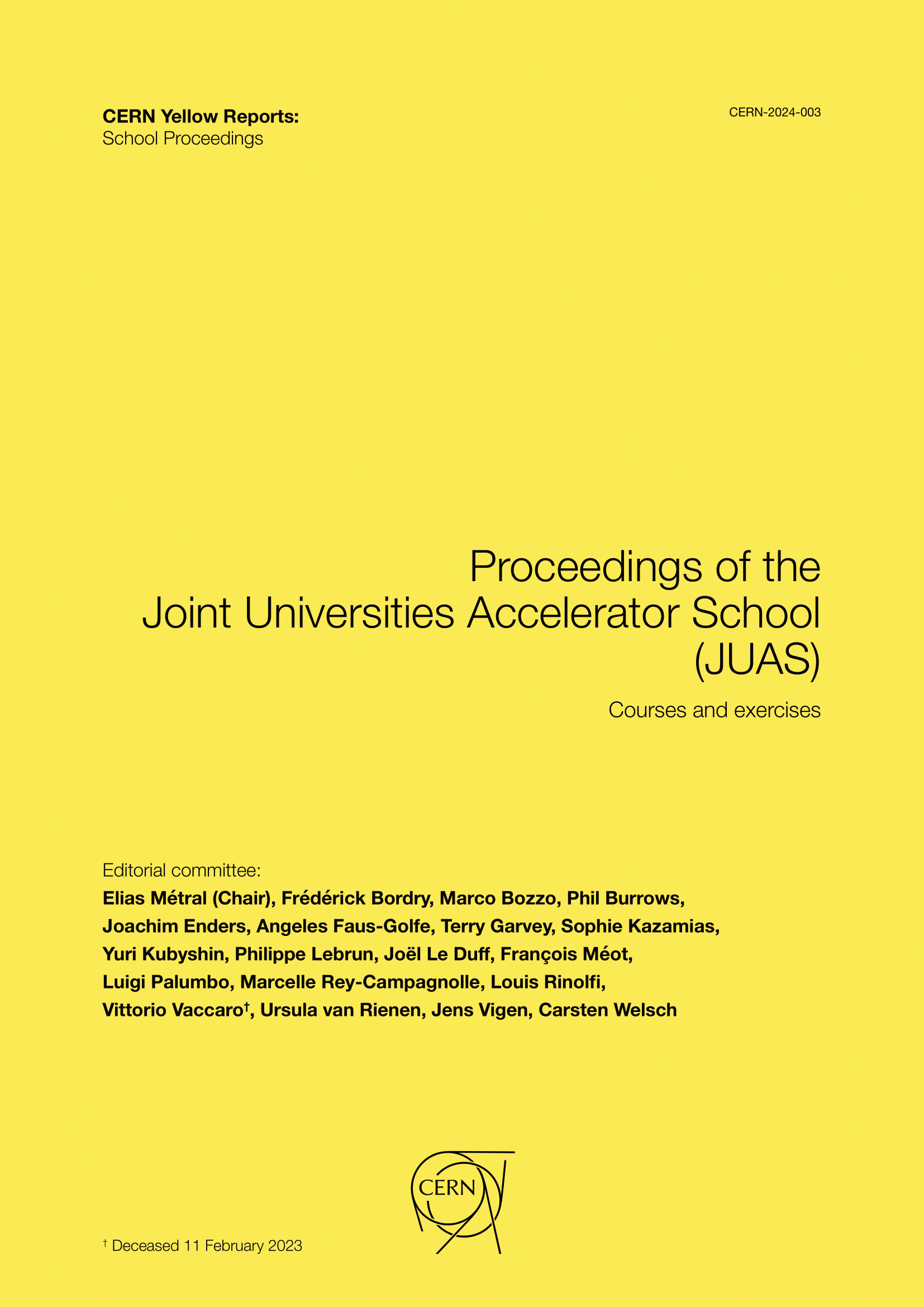III.11 — Radiation oncology: biology, physics and clinical applications
DOI:
https://doi.org/10.23730/CYRSP-2024-003.2123Abstract
Ionizing radiation is one of the main modalities used for cancer treatment and has been used in the clinic since the discovery of X-rays and radioactivity at the end of the 19th century. The development of linear accelerators (linacs) in the 1950s allowed treatment of deeply seated tumours and sparing of the skin. Further improvements in imaging, computer-assisted planning, dose-delivery techniques and globally treatment equipment, allowed vast improvements in curability and reduced toxicity; nowadays, over 50% of cancer patients receive radiotherapy. The majority of radiotherapy treatments globally are delivered with megavoltage electron linacs. Access to radiotherapy and improvement of available technology remain key issues of global health.
Downloads
Published
Issue
Section
License

This work is licensed under a Creative Commons Attribution 4.0 International License.
Authors who publish with this publication agree to the following terms:
- CERN retains copyright and publishes the work licensed under the Creative Commons Attribution License 4.0 that allows others to share the work with an acknowledgement of the work's authorship and initial publication in this series.
- Authors are able to enter into separate, additional contractual arrangements for distribution of the published version of the work (e.g., post it to an institutional repository or publish it in a book), with an acknowledgement of its initial publication in this series.
- Authors are permitted and encouraged to post their work online (e.g., in institutional repositories or on their website) prior to and during the submission process, as it can lead to productive exchanges, as well as earlier and greater citation of published work (See The Effect of Open Access).

